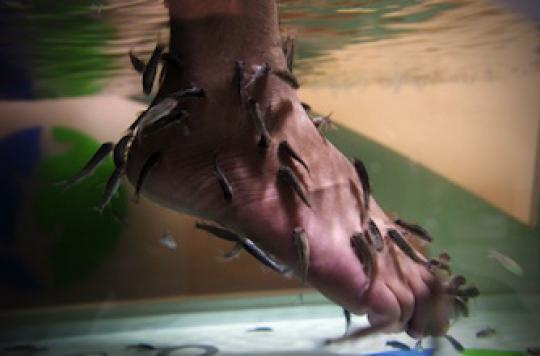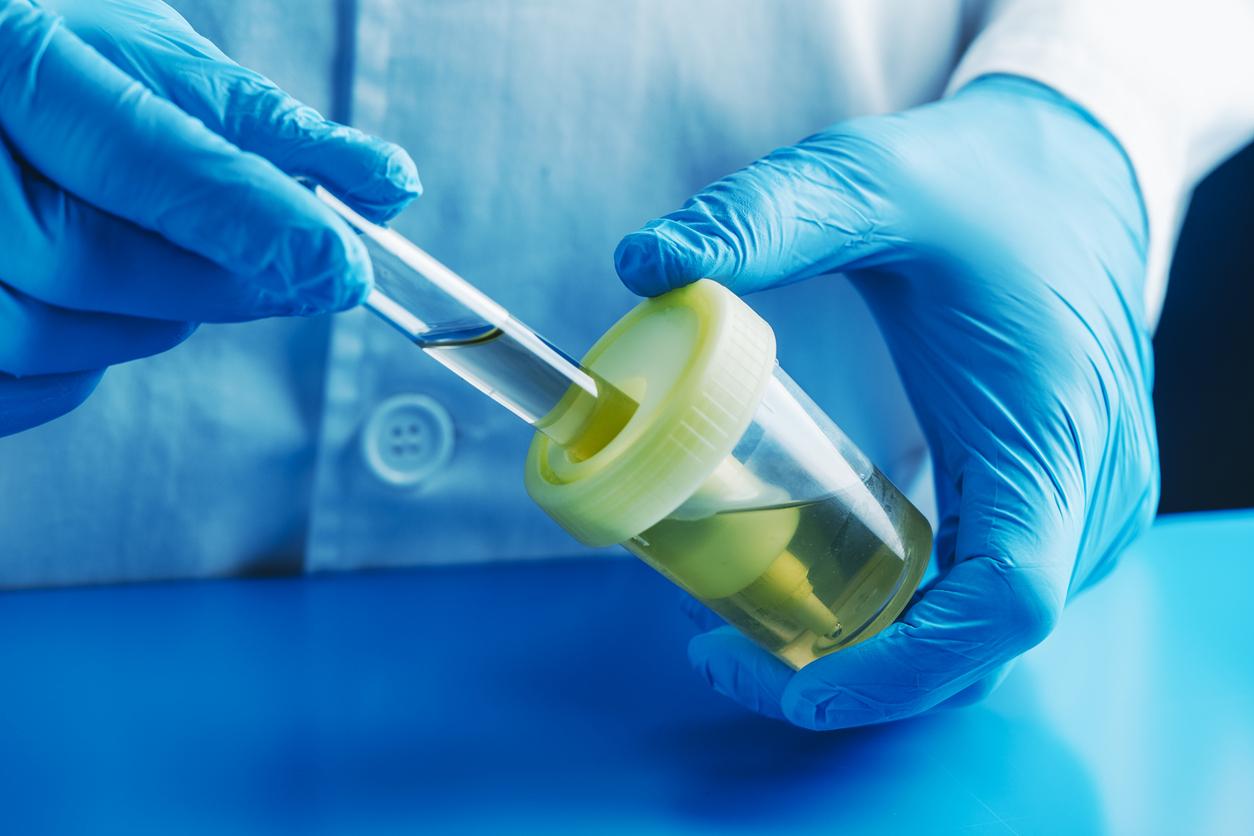The Health Agency wants this practice based on the use of fish to detach scales from the skin to be supervised to prevent the transmission of pathogens.

Garra rufa are no longer popular. These small fish which detach the scales from your skin when you dip your feet in a basin are in the crosshairs of the National Agency for Food, Environmental and Occupational Health Safety.
When requested by the Ministry of Health, ANSES assessed the risks of disease transmission through fish and water. The fish pedicure is meeting a growing success in beauty establishments. Several hundred would offer this service, which escapes all health regulations, according to ANSES. “Cases of bacterial infections linked to aquarium and pedicure practices have been described,” reports the Agency, which relied on several types of expert committees to deliver its opinion.
Due to the presence of fish, it is impossible to disinfect the water in the tanks used for this practice. As a result, writes ANSES, “certain users (diabetics, immunocompromised, users with skin lesions on their feet) constitute a sensitive population at greater risk of infection”. People with thickening of the skin which may be caused by mycosis are also at risk.
Even if it is probably low, ANSES “considers that there is a potential risk of transmission of pathogens of human or animal origin through water or fish, during the practice of fish. pedicure ”. Especially for sensitive people. She wishes to characterize this health risk by collecting new data.
But in the meantime, the health authority recommends framing this activity with several measures:
“fish pedicure” tubs containing water guaranteeing protection against the risk of infection for the user;
procedures for the admission and hygiene of users, hygiene of the establishment under the responsibility of qualified personnel;
the control and self-monitoring of the operation of the installations, the quality of the water in the tanks and the general hygiene of the establishment;
the obligation of traceability of the batches and the sanitary control of the fish;
objective information to the public on the dangers incurred during this practice;
informing staff, including temporary workers, trainees and staff from outside companies working within the establishment, on the risks of infection, in particular by multiresistant bacteria to antibiotics, and the need for compliance rules of hygiene at work;
the training of the personnel of these establishments to guarantee their safety and that of the users.
.















